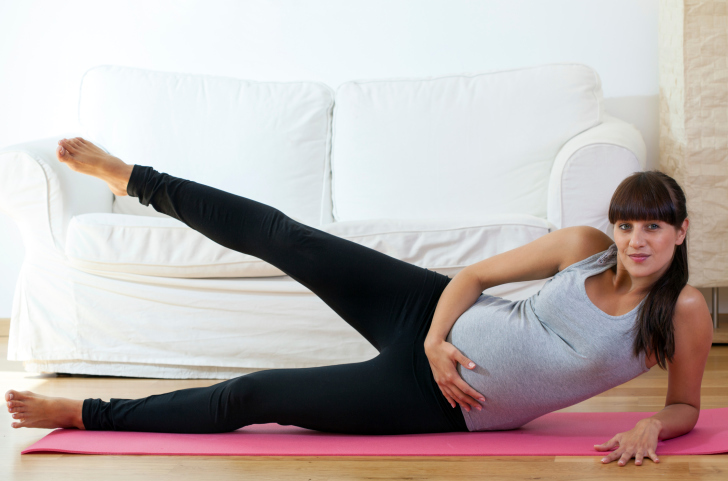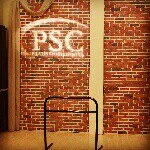5 Reasons Pilates is Great During Pregnancy
Friday, Apr. 17th, 2015 Pilates is a great method of exercise for every fitness level from beginner to advanced. Pilates works the core muscles of the body to strengthen it so it functions better and is healthier. For practitioners of Pilates, pregnancy is a time when it may seem like continuing this type of workout isn’t a possibility.
Pilates is a great method of exercise for every fitness level from beginner to advanced. Pilates works the core muscles of the body to strengthen it so it functions better and is healthier. For practitioners of Pilates, pregnancy is a time when it may seem like continuing this type of workout isn’t a possibility.
In reality, though, Pilates can be continued safely during a normal pregnancy with a doctor’s permission and following certain guidelines. And Pilates is beneficial to the pregnant body in several key ways that make it very worthwhile.
1) Pilates exercises can be adapted to the varying stages of pregnancy.
Just like Pilates adapts to different fitness levels, its exercises can be adapted and done with varying intensity as the pregnancy progresses. Pilates will help keep the core muscles strengthened to make the rigors of labor easier, and it will also help the balance issues that arise as the baby grows and pushes on back, neck and leg muscles. Certain exercises must be avoided during pregnancy, but the ones that can be done safely are helpful.
2) Pilates is a non-impact form of exercise.
Running, aerobics, and even fitness walking are all considered high impact types of exercise. And while some high-impact exercise methods like walking are still okay for most pregnant women to do, Pilates can offer a safer alternative that won’t put additional stress on joints, ligaments and bones.

3) Pilates can strengthen abdominals and prevent diastasis recti.
According to certified Pilates instructor Jenn Seracuse, it is safe for pregnant moms to do exercises that target their transverse abdominal muscles, avoiding work on the rectus muscles (commonly known as the six-pack). By strengthening the transverse abdominal muscles, women can avoid the separation of the 2 sides of the rectus muscle. This separation, known as diastasis recti, affects up to 1/3 of all women and can prevent the abs from returning to their natural state after pregnancy.
4) Pilates strengthens the pelvic floor.
The pelvic floor supports all the organs in the lower abdominal cavity, including the uterus. Furthermore, the pelvic floor needs to relax for baby to pass through, and Pilates is unique in training the pelvic floor muscles to both support the growing uterus and release when it is time for baby to be born. In addition, a strong pelvic floor will help the body return to its pre-pregancy state sooner and prevent problems with incontinence down the road.
5) Pilates helps with breath control.
One effect of the growing baby is pressure on the diaphragm. Lung capacity doesn’t change, but it can feel increasingly hard to breathe. The breathing techniques involved in Pilates work the intercostal muscles surrounding the ribcage, which helps with breathing. Being trained to do breathing exercises as part of Pilates can also make learning Lamaze or other breathing techniques for labor and childbirth easier.
When using Pilates as a workout during pregnancy, it is prudent to use extra caution when getting up from and down onto the mat, as well as when using the exercise ball. Exercises that are done while lying prone (face-down) and on the back should be avoided after the first trimester because of undue pressure and circulation problems that can occur.
For more information about using Pilates during pregnancy, contact www.pilatessportscenter.com.
Tags: exercise routine, home workout, pilates, pilates exercise, psc



